The article will tell you how to determine or calculate ovulation at home.
Contents
- How to calculate ovulation for conception?
- How to calculate ovulation for a month?
- When is ovulation on a cycle of 21 days?
- When is ovulation on a 23 day cycle?
- When is ovulation on a 24-day cycle?
- When is ovulation for a cycle of 25 days?
- When is ovulation on a 26-day cycle?
- When is ovulation for a cycle of 27 days?
- When is ovulation for a cycle of 28 days?
- When is ovulation for a cycle of 29 days?
- When is ovulation for a cycle of 30 days?
- When is ovulation on a cycle of 31 days?
- When does ovulation on a cycle of 32 days?
- When is ovulation in a cycle of 33 days?
- When is ovulation at 34 day cycle?
- When is ovulation in a cycle of 35 days?
- When is ovulation in a 36-day cycle?
- When is ovulation for a cycle of 37 days?
- When is ovulation for a cycle of 38 days?
- When is ovulation for a 39-day cycle?
- When is ovulation for a cycle of 40 days?
- How to calculate ovulation with an irregular cycle?
- How to calculate the ovulation cycle?
- Ovulation test
- Basal temperature for ovulation
- Basal temperature measurement for ovulation determination
- Pain before ovulation
- Isolation before ovulation
- How many days does ovulation last?
- Video: How to determine the day of ovulation?
A woman who knows about her ovulation can afford to get pregnant faster or vice versa to protect herself from an unplanned pregnancy.
How to calculate ovulation for conception?
Why should you know about ovulation cessation and how it will help you to conceive in the article Ovulation and Pregnancy. When is conception after ovulation?
You can determine ovulation in the following ways:
- By ultrasound. The procedure does not calculate the exact date for the release of the ovum, but exactly the absence or approach of ovulation
- For monthly
- For basal temperature
- For ovulation test
- For well-being and body signals
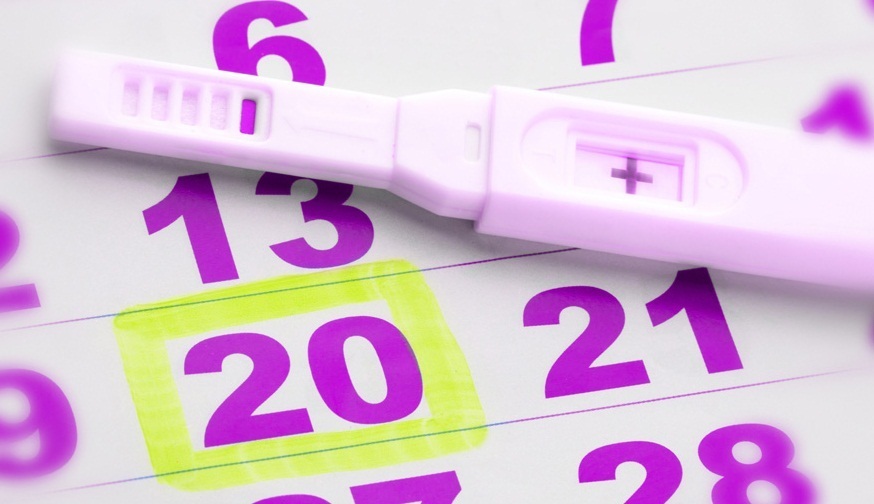
IMPORTANT: Read more about each item below
How to calculate ovulation by monthly?
There is a common myth that ovulation occurs on day 14 of the menstrual cycle, i.e.for 14 days from the beginning of the next monthly. Such a statement is really a myth, as the day of ovulation directly depends on the length of the menstrual cycle.
The menstrual cycle consists of two phases: the follicular and the phase of the yellow body.
Less has overall duration indicators the second phase is 12-16 days. As you can see, the average number is really 14. But the count does not come from the first day of the monthly, but from the last day of the cycle, i.e.day before the start of the next month.
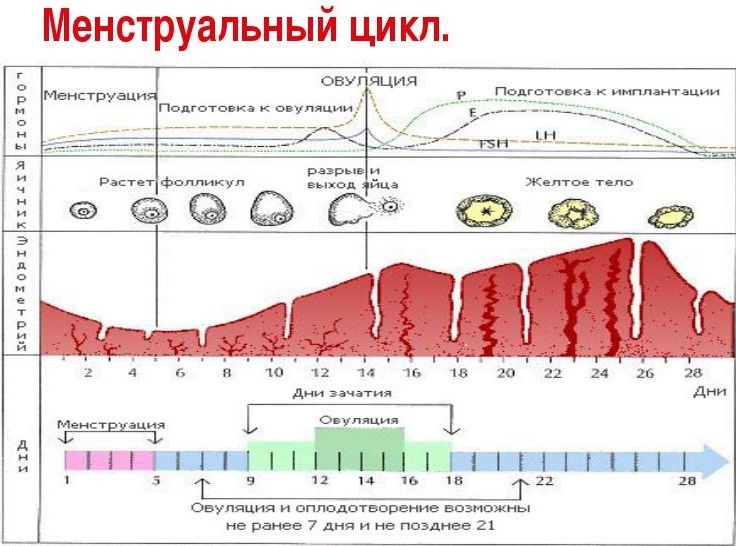
When is ovulation on a cycle of 21 days?
In the 21-day cycle, on the 5th-9th day from the first day of menstruation, ovulation will occur.
When is ovulation on a 23 day cycle?
With a cycle of 23 days for 7 to 11 days from the first day of menstruation, ovulation will occur.
When is ovulation on a 24-day cycle?
With a cycle of 24 days for 8-12 days from the first day of menstruation, ovulation will occur.
When is ovulation for a cycle of 25 days?
With a cycle of 25 days for 9 to 13 days from the first day of menstruation, ovulation will occur.
When is ovulation in a 26-day cycle?
With a cycle of 26 days to 10-14 days from the first day of menstruation, ovulation will occur.
When is ovulation for a cycle of 27 days?
In the cycle 31 days on the 15-19 day from the first day of menstruation will be ovulation.
When is ovulation for a cycle of 28 days?
With a cycle of 28 days for 12 to 16 days from the first day of menstruation, ovulation will occur.
When is ovulation for a cycle of 29 days?
With a cycle of 29 days for 13 to 17 days from the first day of menstruation, ovulation will occur.
When is ovulation for a cycle of 30 days?
With a cycle of 30 days for 14 to 18 days from the first day of menstruation, ovulation will occur.
When is ovulation on a cycle of 31 days?
In the cycle 31 days on the 15-19 day from the first day of menstruation will be ovulation.
When is ovulation on a cycle of 32 days?
With a cycle of 32 days for 16-20 days from the first day of menstruation, ovulation will occur.
When is ovulation in a cycle of 33 days?
With a cycle of 33 days on the 17-21 day from the first day of menstruation, ovulation will occur.
When is ovulation on a 34 day cycle?
With a cycle of 34 days on the 18-22 day from the first day of menstruation, ovulation will occur.
When is ovulation with a cycle of 35 days?
With a cycle of 35 days for 19-23 days from the first day of menstruation, ovulation will occur.
When is ovulation in a 36-day cycle?
With a cycle of 36 days for 20 to 24 days from the first day of menstruation, ovulation will occur.
When is ovulation for a cycle of 37 days?
With a cycle of 37 days for 21 to 25 days from the first day of menstruation, ovulation will occur.
When is ovulation for a cycle of 38 days?
With a cycle of 38 days for 22 to 26 days from the first day of menstruation, ovulation will occur.
When is ovulation for a 39-day cycle?
With a cycle of 39 days for 23 to 27 days from the first day of menstruation, ovulation will occur.
When is ovulation for a cycle of 40 days?
With a cycle of 40 days to 24-28 days from the first day of menstruation, ovulation will occur.
IMPORTANT: The woman's body is a delicate matter, so the numbers may be rare, but vary
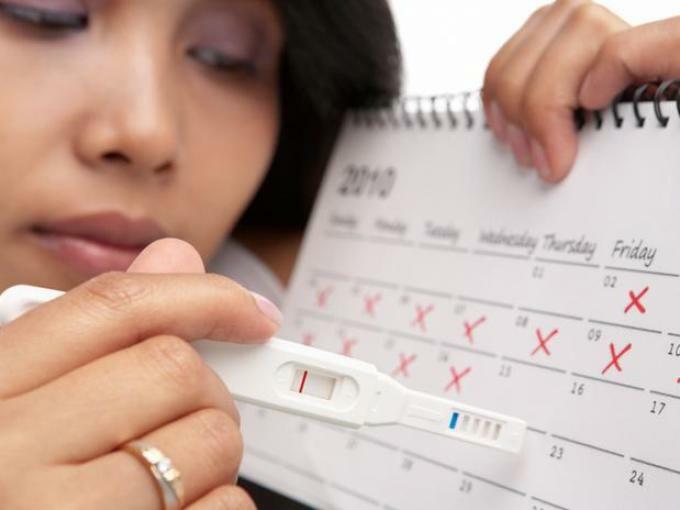
How to calculate ovulation with an irregular cycle?
In case of an irregular cycle, you can calculate the date of ovulation in the same ways, but with some peculiarities:
- You can not calculate the ovulation day on a monthly basis. After all, to calculate, you need to know the length of the cycle, and you know it with an irregular cycle can not
- In the ovulation test. The first problem with this method is that it's hard to guess which day to do the test. The second problem is that the test can show a false positive result. This is explained by the fact that a cycle failure often speaks of hormonal problems in the body. And if hormones are not produced according to norms, the production of a hormone in larger quantities than it should, can provoke a false reaction of the
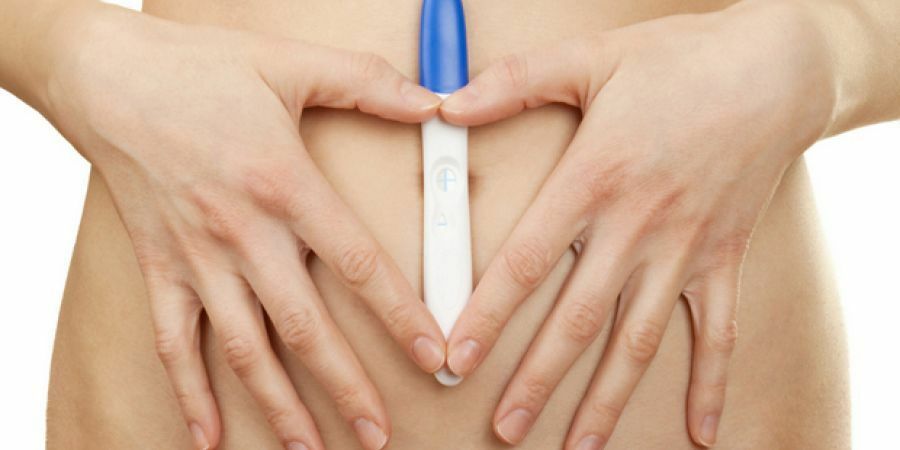
- test. Symptoms. This method also works with an irregular cycle. More information about the method will find the information below

- ultrasound. You can do ultrasound, but with a cycle of 45 days you will have to visit a lot of ultrasound, tracking the dynamics of the growth of the follicle. And this will pour out to you in a considerable penny.
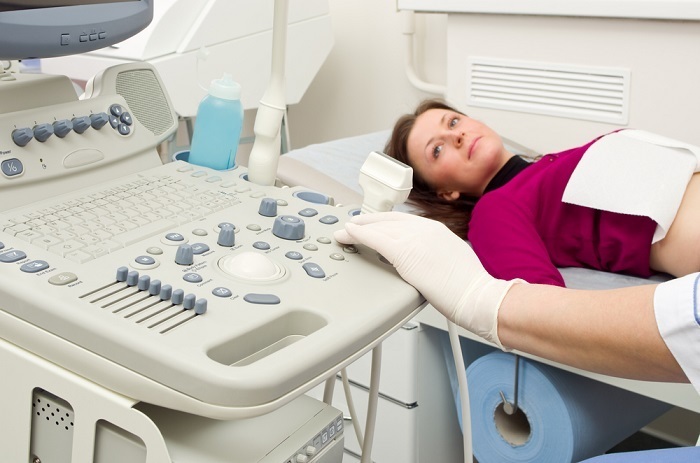
- Baseline temperature measurement is a rather effective method with an irregular cycle. But you should first make a basal temperature chart for 3 months, noting every day the exact figures. This will allow you to understand what temperature jump occurs when ovulation in your body. Read more about the basal temperature for ovulation and conception below and in the article Ovulation and Pregnancy. When is conception after ovulation?
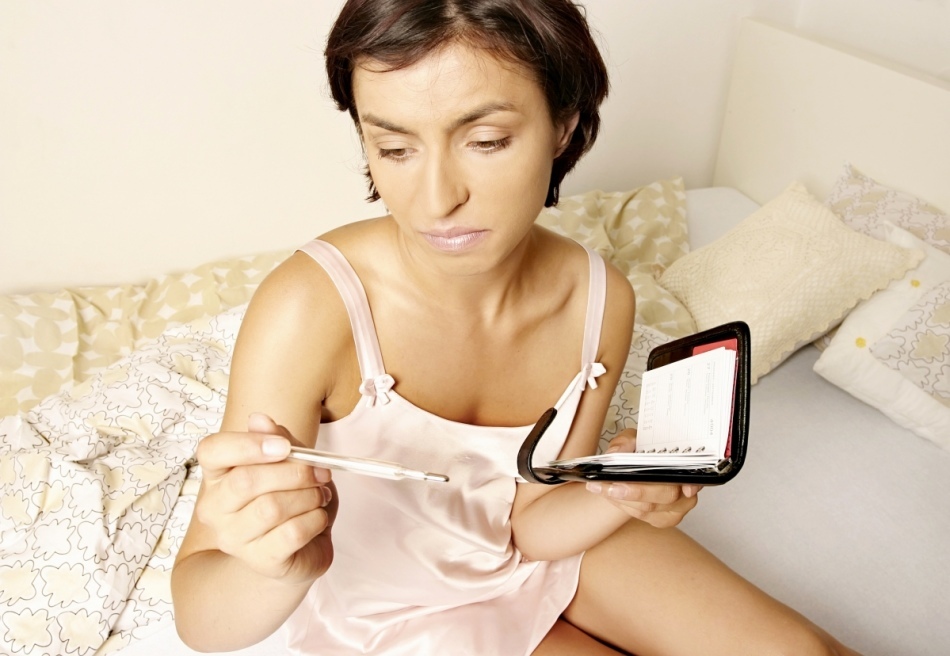
How to calculate the ovulation cycle?
To compose an ovulation cycle, you should record the duration of the cycle for 6 months. As a result, make the following calculations:
- From the longest cycle you take 11
- From the shortest cycle you take 18
- The period between the received days and the most likely for the onset of ovulation
Example.
The longest cycle was 36 days. Do simple calculations: 36-11 = 25 day cycle.
The shortest cycle was 28 days.28-18 = 10th day of the menstrual cycle.
This means that the most likely period for the onset of ovulation and conception in a particular woman is the interval between the 10th and 26th day of the cycle. That is, there are 16 probable days for it.

Ovulation test
For detailed information on ovulation tests, see the article All about tests for ovulation. How to properly do an ovulation test?
Basal temperature for ovulation
Basal temperature is one of the methods for determining the onset of ovulation. But one dimension will not be enough for you, as every woman will have her own indicators:
- To make the information reliable, you need to draw up a basal temperature chart for the last three months.
- You need to measure the temperature every day at the same time( how to measure the basaltemperature, read the next section)
- After 3 months, draw a graph from the first day of the cycle to the last for each month
- During the first phase of the cycle, the basal temperature will be below 37 ° C.
- Then you will(this short period may not be fixed)
- Then there will be a sharp jump
- This will be the signal about the onset of ovulation
- This temperature is elevated and will last until the next cycle or it will increase with the onset of pregnancy
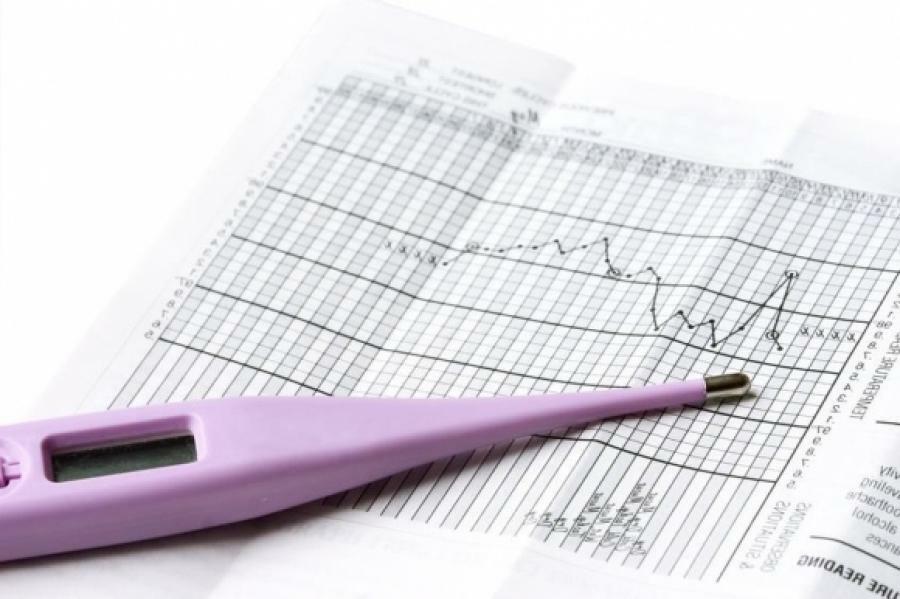
When the system canto give failure :
- Woman taking hormonal drugs
- Woman taking other potent medicines
- Woman drinking alcohol
- Body disorders: malfunctioning grmonalnoy system,
- women's issues to break the rules of measurement of basal body temperature( more about them in the next section of this article)
- Climate Change
IMPORTANT: If in any month the temperature did not rise above 37 ° C - do not worry. This can happen 1-2 times a year. This is called the anovulatory cycle, i.e.cycle without ovulation
signals for medical attention:
- Anovulatory cycle was more than two times
- Basal temperature rises only towards the end of the cycle, and not in the expected ovulation period
- The temperature then rises or falls throughout the cycle
- If after the onset of the monthlythe temperature did not return to the lower values, but continues to hold high

IMPORTANT: All this information will be valid only if the basal temperature is correctly measured( podroRead more below)
Baseline temperature measurement for ovulation determination
In order for temperature measurement to be practical, you must comply with the clearly and rigorously. temperature measurement rules:
- Measure rectally
- Measure the temperature early in the morning when lying in bed. The best time is 7:00 AM
- Use the mercury thermometer
- 5 hours before the measurement, you should sleep
- . The thermometer should be placed next to you, so you do not make any movements. Do not even shake the thermometer, prepare it in advance.
- Measure 5-10 minutes
- Take the thermometer, holding it by its tip. Otherwise, you can affect the temperature of the
- . If you schedule, the measurements should be performed at one time or minus a maximum of 30 minutes.
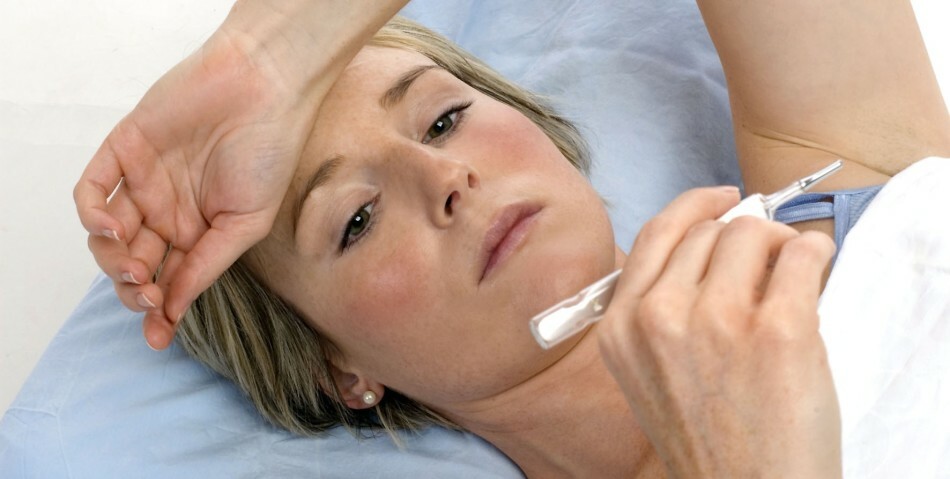
Pain before ovulation
Pain before ovulation can be:
- In the chest area
- In the abdomen
Chest pain.
Pain in the breast before ovulation is provoked by a surge of hormones, as the body prepares for conception. Pains do not occur often, often there is discomfort. This is not the reason to go to the doctor, unless they continue for a long time.

Abdominal pain.
The pains are concentrated in the area of the ovary, in which the cell ripens and leaves. Every month you can feel pain from different angles. Pain should not be strong. If they are so strong that you find it difficult to walk or you lose consciousness - see a doctor immediately. If the pain is not strong, tolerant and lasts really only in the ovulation period, then there is nothing to worry about, because this is a normal physiological process.
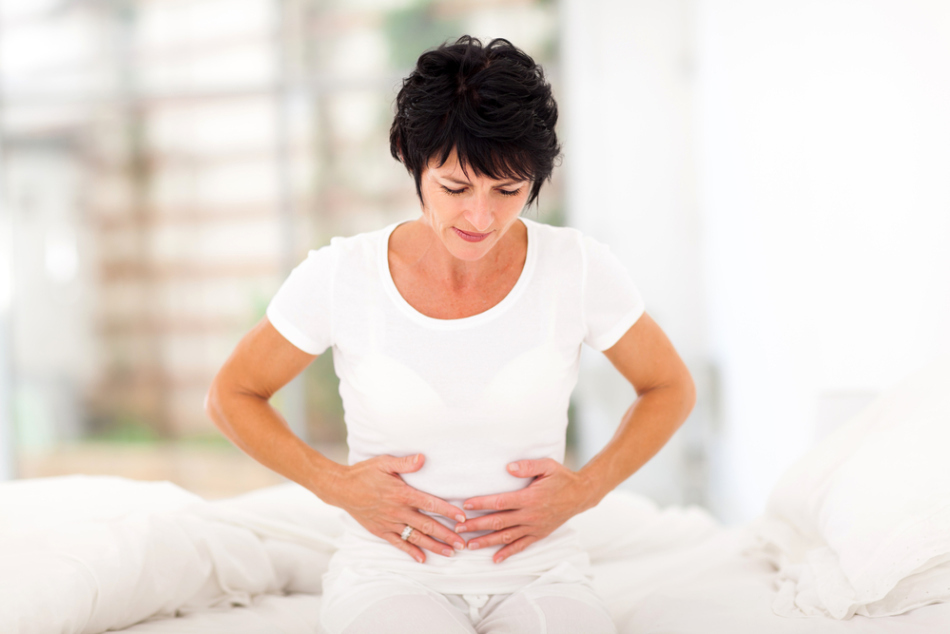
IMPORTANT: Pain is not felt by every woman. But if you feel severe pain, or fever, headache, vomiting, dizziness, or if the pain continues for a long time - consult a doctor
Allocations before ovulation
Allocations before ovulation are significantly increased. This is explained physiologically and should not frighten you.
In addition to the increase in the amount, you can notice a change in the consistency of the discharge:
- As a rule, the discharge before ovulation has the appearance and consistency of the raw egg protein
- The color can be white, yellow, pink
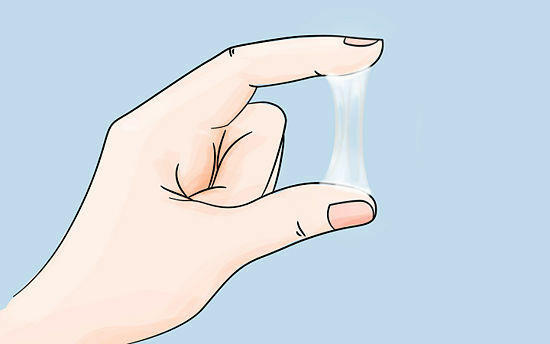
IMPORTANT: Allocations can not be one sign of ovulation. Compare this trait with other more accurate
How many days does ovulation last?
Ovulation lasts for different sources from 12 to 48 hours. That is, this is the period when the egg is viable and ready for fertilization.
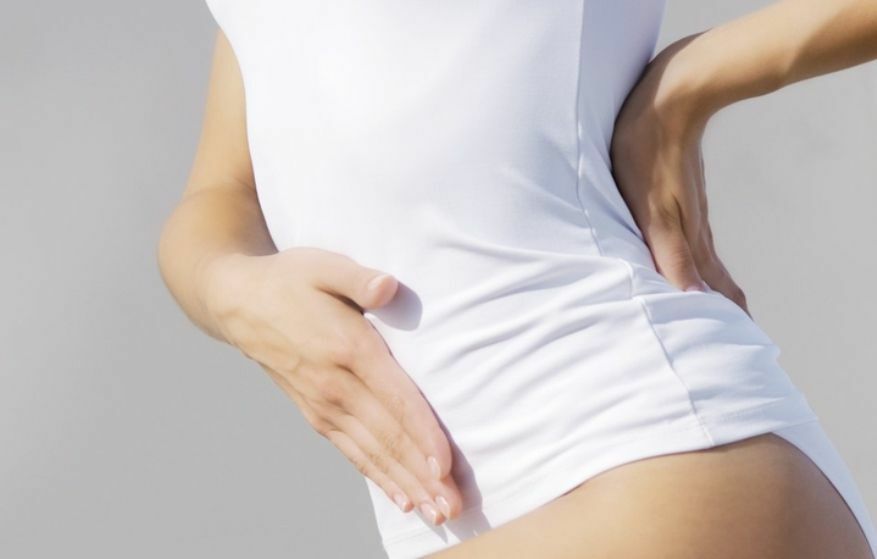
If you set a goal to determine when ovulation occurs in your body, then you should choose the most accurate methods, or the collection is less accurate.
